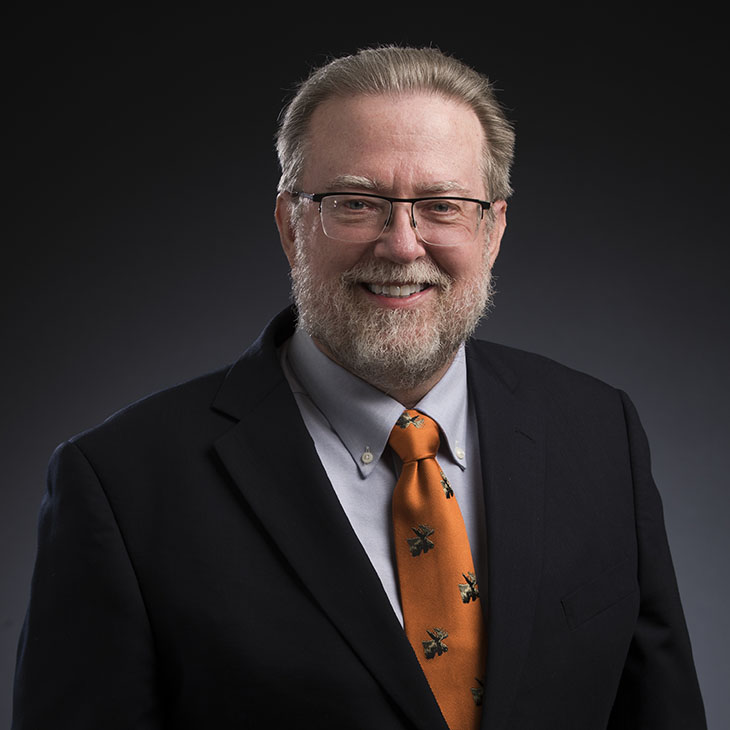
OSU part of team receiving $6 Million DOE investment
Friday, June 17, 2022
Media Contact: Harrison Hill | Senior Research Communications Specialist | 405-744-5827 | harrison.c.hill@okstate.edu
A group of OSU researchers have joined a team selected by the U.S. Department of Energy and led by Oak Ridge National Laboratory (ORNL) to receive up to $6 million to help expand the deployment of geothermal heating and cooling technology at federal sites.
“Geothermal heating and cooling is renewable, versatile and critical to decarbonizing buildings as well as the economy as a whole,” said Kelly Speakes-Backman, principal deputy assistant secretary for energy efficiency and renewable energy, in a DOE press release. “Scaling up deployment of geothermal heating and cooling technology on federal sites will help reduce costs and energy demand, ultimately saving taxpayer dollars and leading by example to decarbonize our economy.”
This funding will provide technical assistance for geothermal energy deployment at federal sites, helping reduce or replace electricity demand, offset peak loads to the grid, and add resiliency and security to local energy systems.
With over 30 years of experience researching ground source heat pump systems, Jeffrey D. Spitler, regents professor of mechanical engineering at OSU and the OG&E energy technology chair, is leading the OSU portion of the project.
“Overall, the whole project is aimed at providing technical assistance to the Department of Defense for what I would call a large-scale renovation,” Spitler said. “So, we're not talking about putting a ground source heat pump system on one house or one building but rather looking at what we sometimes call a district scale — many buildings connected together.”
Ground source heat pumps use the relatively constant temperature of the earth as the exchange medium instead of the outside air temperature, which reduces the energy consumption needed to heat or cool an area.
“The program involves a lot of people working on different aspects,” Spitler said. “OSU’s part is mainly to assist in the system design for these large-scale systems and also further improve them. To do this, we'll be making further improvements to software we've developed recently that can do this sort of large scale design.”
The planned improvements include improved modeling of the above-ground portion of the system within the software and adding the ability to account for groundwater flow. The system design assistance will involve the evaluation of different ground heat exchanger options and different system changes to maximize economic benefits.
“We published the first software for ground heat exchanger design in 1994,” Spitler said, “So it's coming up on 30 years. And it works, but as you start looking at more and more complex problems, you realize it becomes tedious to use. So, what we're hoping to do is make it easier for engineers to design systems that are near optimal.”
The ORNL-led team, along with OSU includes the National Renewable Energy Laboratory, Lawrence Berkeley National Laboratory, Pacific Northwest National Laboratory, Illinois State Geological Survey, International Ground Source Heat Pump Association and the University of Wisconsin-Madison.
Announced in a DOE press release, the project is focused on completing the goals in two years from the start date, which has not yet been announced. The team plans to conduct data analysis, carry out resource characterization, perform site surveys, and design geothermal heating and cooling systems in support of deploying geothermal energy at federal sites.
“What I hope to get out of this is further improvement to the functionality of the design software,” Spitler said. “We want to make it easier for engineers to make high-quality designs. I'd say the bottom line is that it will reduce one of the barriers to choosing an energy-efficient ground source heat pump system.”
